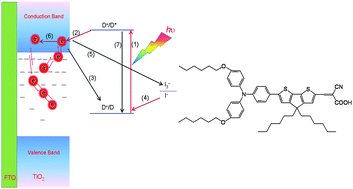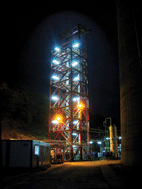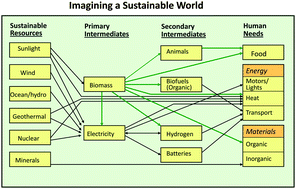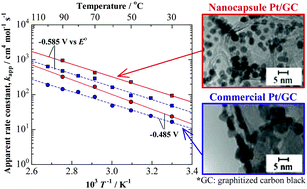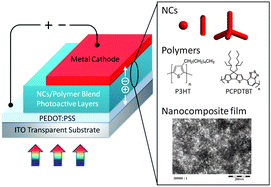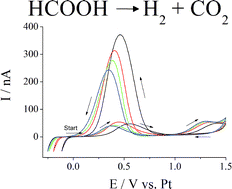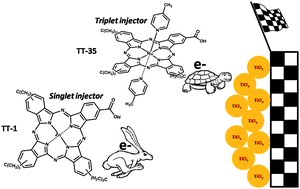Energy & Environmental Science is delighted to announce its exciting collaboration with the Sun New Energy Conference and Exhibition (SuNEC).
SuNEC will be held 5-8 July 2011 in Sicily, Italy and will be co-chaired by Vittorio Loddo and Mario Pagliaro. Invited plenary speakers include Bouziane Mahmah, Peter Peumans, Simone Cimino and Michael Schubert.
The meeting will focus on the practical aspects of solar energy in every major field, covering the latest developments in solar energy science.
Themes:
- Photovoltaics
- Solar electrical vehicles
- BIPV
- Solar cooling
- Concentrated solar power
- Solar thermal
- Solar economy (Helionomics)
Energy & Environmental Science plans to publish a collection of high-profile feature articles in a special issue to highlight some of the great research from this important meeting in the area of solar energy conversion. Submit your paper before 31st January 2011.
The first official Impact Factor of Energy & Environmental Science has just been released by ISI, and it’s a huge 8.50, placing it as the #1 ranked journal in the field.
Key Deadlines:
- Oral abstract deadline and early bird registration: 31 January 2011
- Submission deadline for EES issue: 31 January 2011
- Poster abstract deadline: 4 March 2011
Energy & Environmental Science articles of interest:
Solar hydrogen: fuel of the near future
Mario Pagliaro, Athanasios G. Konstandopoulos, Rosaria Ciriminna and Giovanni Palmisano,
Energy Environ. Sci., 2010, 3, 279
Compact monocrystalline silicon solar modules with high voltage outputs and mechanically flexible designs
Alfred J. Baca, Ki Jun Yu, Jianliang Xiao, Shuodao Wang, Jongseung Yoon, Jae Ha Ryu, Darren Stevenson, Ralph G. Nuzzo, Angus A. Rockett, Yonggang Huang and John A. Rogers,
Energy Environ. Sci., 2010, 3, 208
Comments Off on SuNEC and EES collaboration











